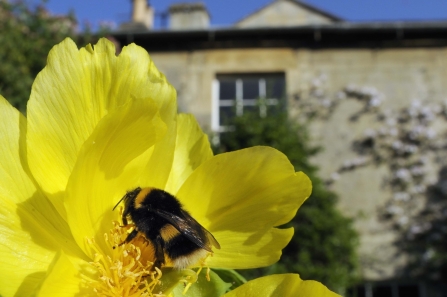© Mark Heighes
Early purple orchid
As its name suggests, the early purple orchid is one of the first of our native orchids to bloom, strong enough to grow in the light shade of woodland or out in the open grassland of a road verge. Even when not in flower, it is identifiable by its glossy green leaves with dark purple blotches. It remains relatively common but has declined in recent decades due to urban development and modern farming methods. When the flowers first open they have a sweet scent like honey, but once pollinated the flowers smell like the urine of a tomcat! It is thought this may be to warn insects that the flower is no longer worth pollinating.


